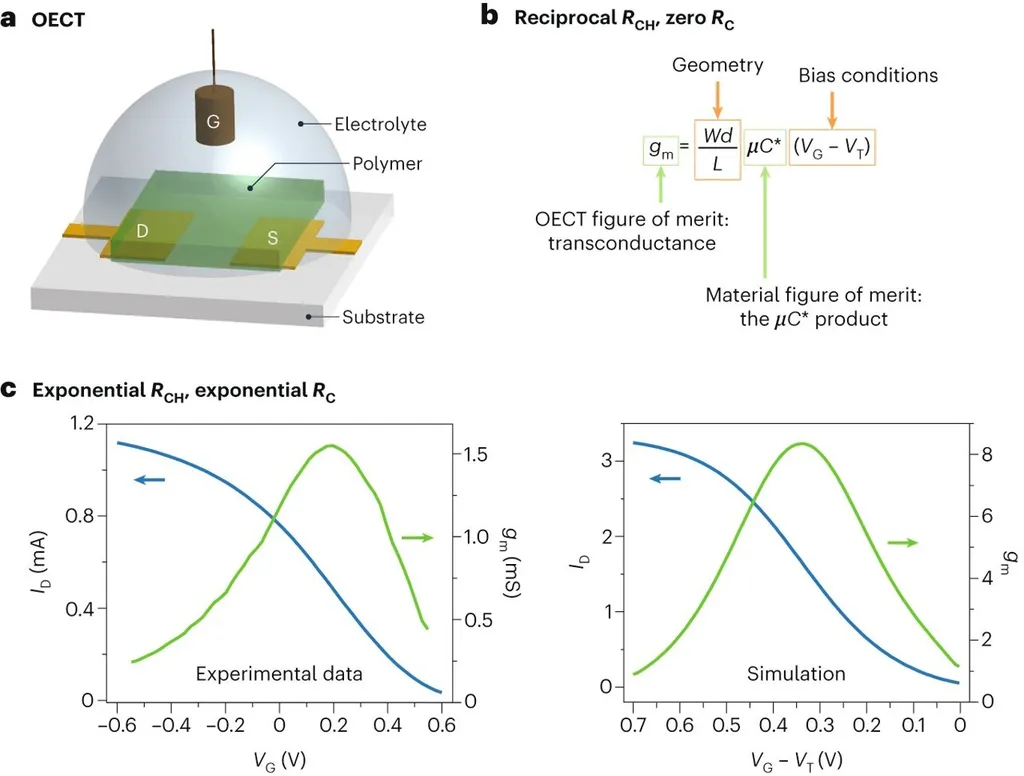In the ever-evolving landscape of organic electronics, a groundbreaking study led by Melis Unal from the Chemistry Department at Istanbul Technical University has shed new light on the impact of doping on charge transport properties in thienothiophene-based organic porous polymers. Published in the esteemed journal *Macromolecular Materials and Engineering* (translated from German as “Macromolecular Materials and Engineering”), this research could potentially reshape the future of energy storage and conversion technologies.
Unal and her team designed and synthesized novel conjugated triazine-type organic porous polymers, dubbed P1, P2, and P3, each incorporating a unique linker: triphenylamine (TPA), tetraphenylethylene (TPE), and carbazole (Cbz), respectively. These polymers, which are analogs of organic covalent frameworks (COFs) but lack crystalline nature, were created using a trimerization reaction facilitated by trifluoromethanesulfonic acid.
The study delved into the electronic and optical properties of the monomers (M1–M3) and the surface morphologies and photoconductive behaviors of the resulting polymers. Utilizing a suite of advanced techniques—UV–vis and fluorescence spectroscopies, cyclic voltammetry (CV), scanning electron microscopy (SEM), Brunauer-Emmett-Teller (BET) analysis, and flash-photolysis time-resolved microwave conductivity (FP-TRMC)—the researchers made a significant discovery.
Among the polymers, P3, which features a Cbz-linkage, exhibited the highest photoconductivity, both in its undoped state (1.8 × 10−9 m2 V−1 s−1) and when doped with iodine (I2) (3.2 × 10−8 m2 V−1 s−1). “The enhanced photoconductivity of P3 suggests that the choice of linker plays a crucial role in optimizing charge transport properties,” Unal explained. “This finding could open up new avenues for designing high-performance organic electronic materials.”
The implications of this research are far-reaching, particularly for the energy sector. Organic porous polymers have been widely examined for their potential in solar cells, capacitors, and hydrogen production and storage. The improved charge transport properties observed in P3 could lead to more efficient energy storage and conversion devices, ultimately contributing to a more sustainable energy future.
Unal’s work not only highlights the importance of linker selection in designing organic porous polymers but also underscores the potential of doping to enhance their electronic properties. As the field of organic electronics continues to evolve, this research provides valuable insights that could drive the development of next-generation energy technologies.
In the words of Unal, “Our findings represent a significant step forward in the quest for high-performance organic electronic materials. We are excited to see how this research will inspire further innovation in the field.” With the publication of this study in *Macromolecular Materials and Engineering*, the scientific community is one step closer to unlocking the full potential of organic porous polymers in energy applications.

